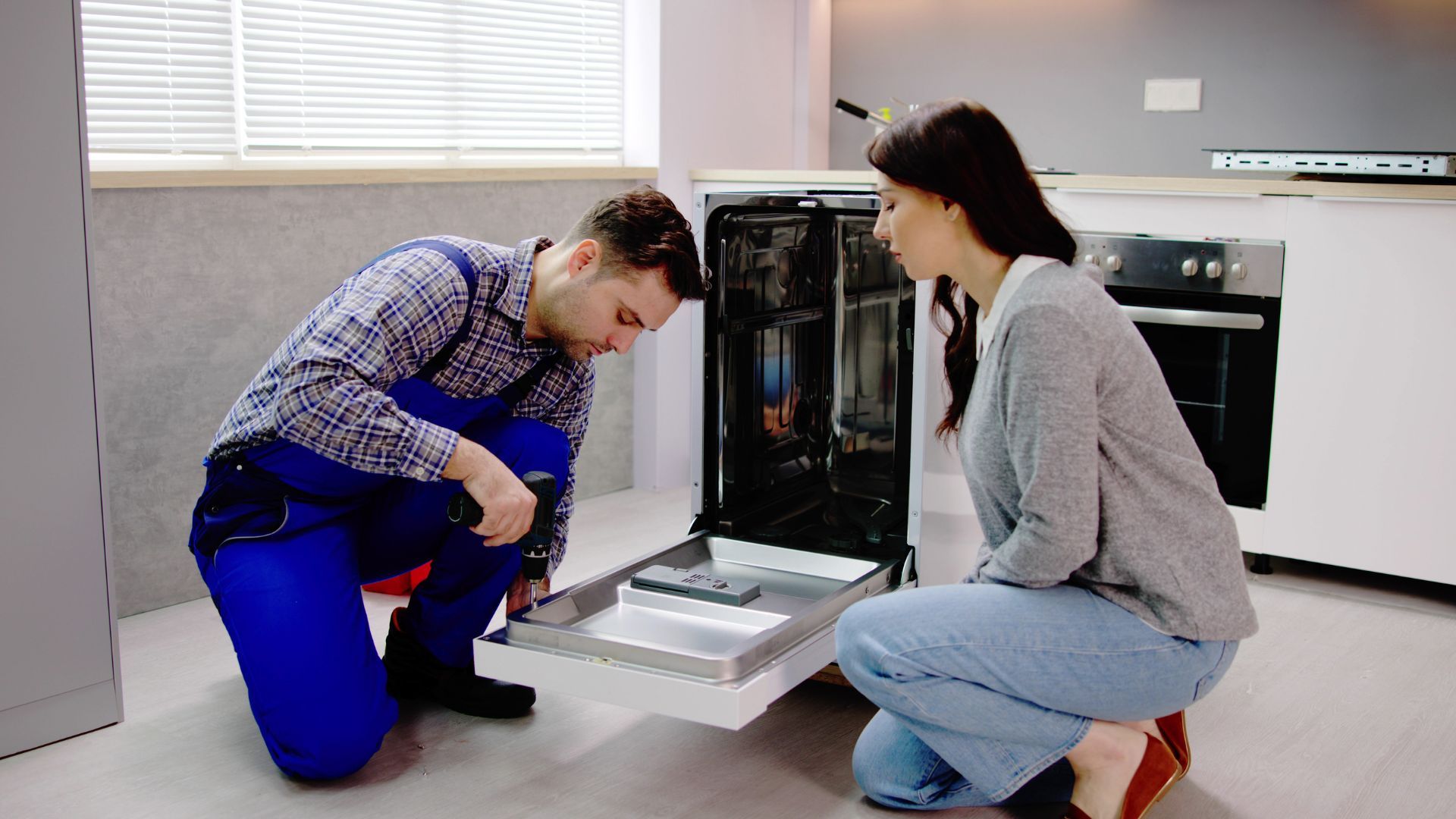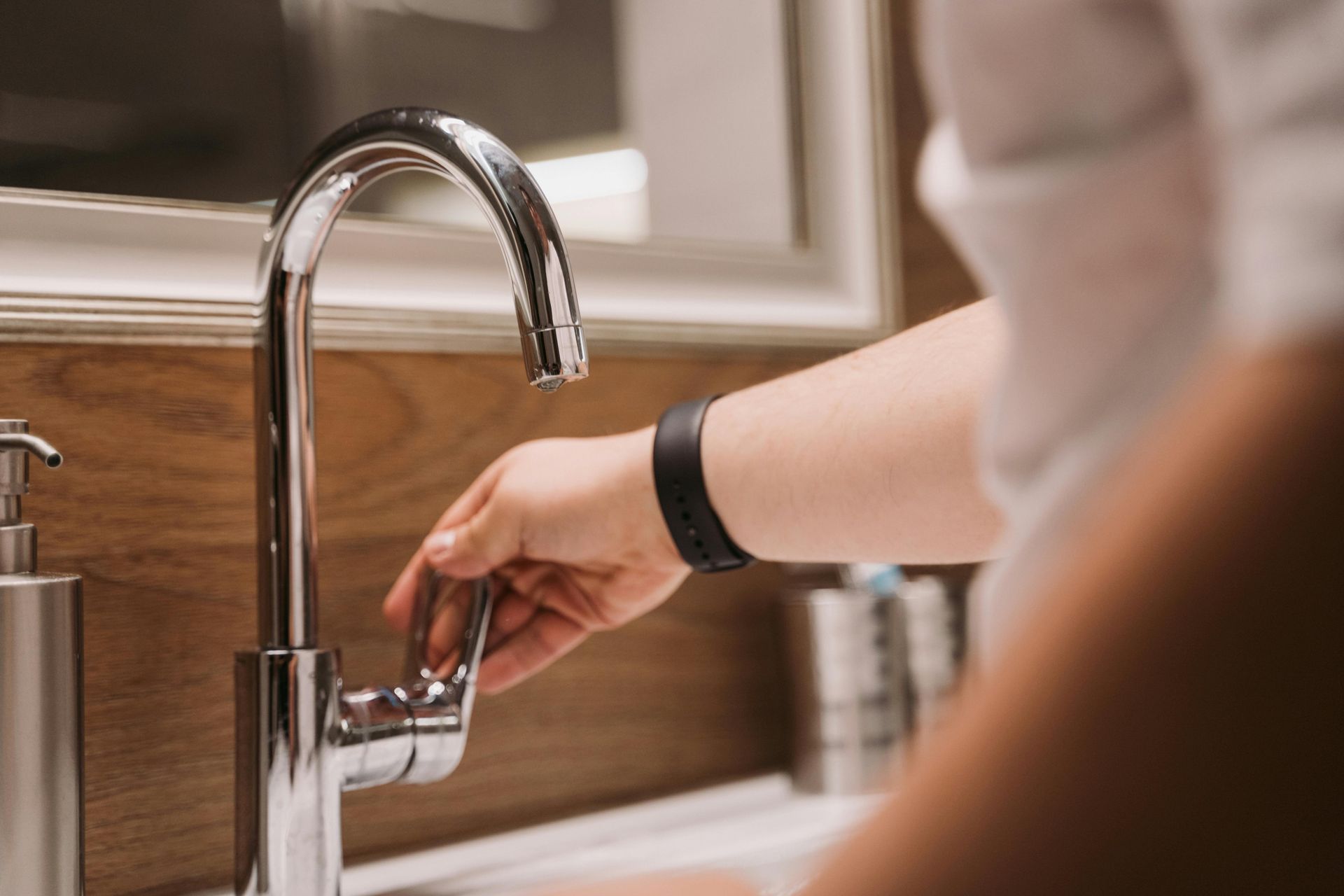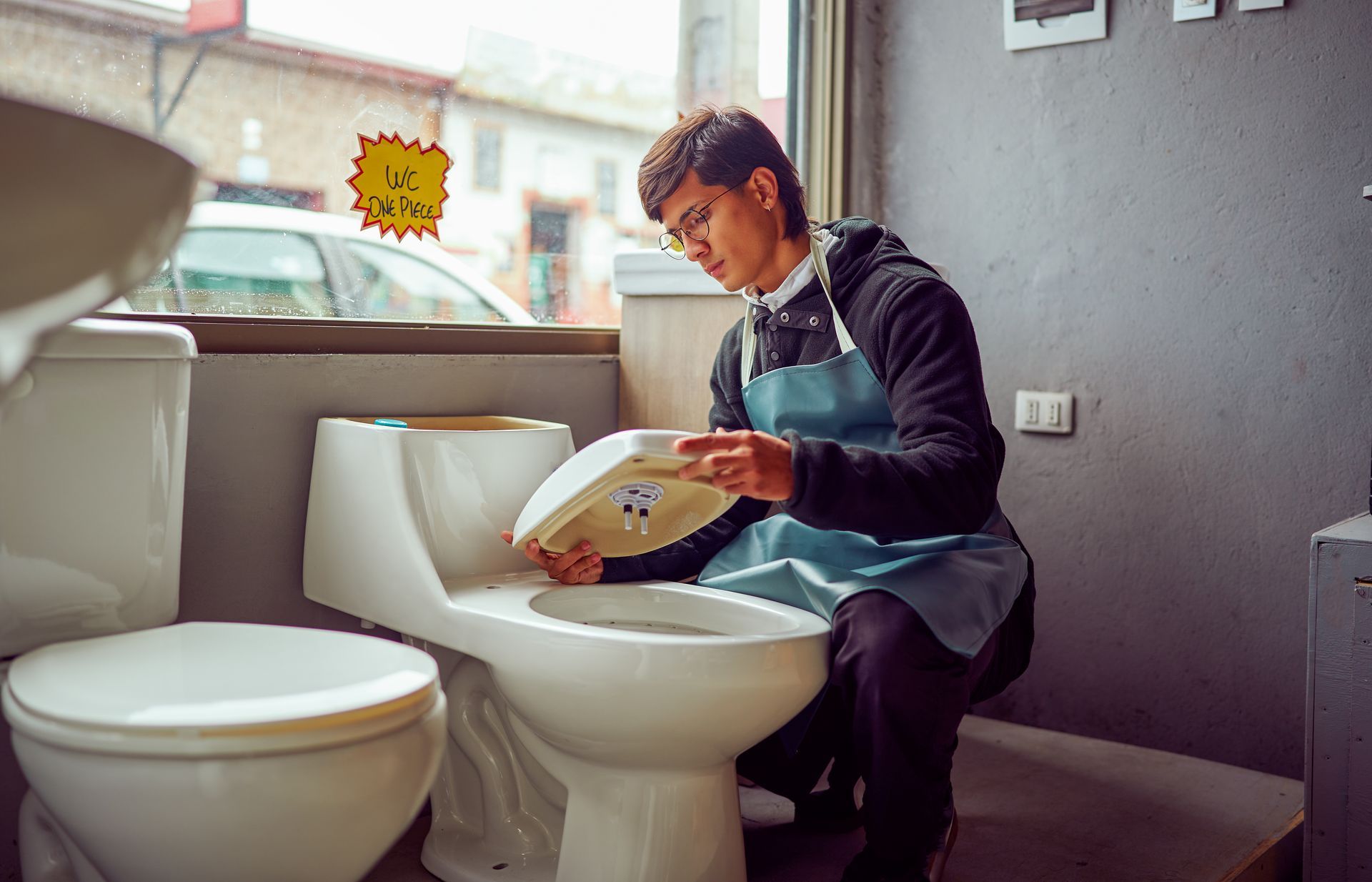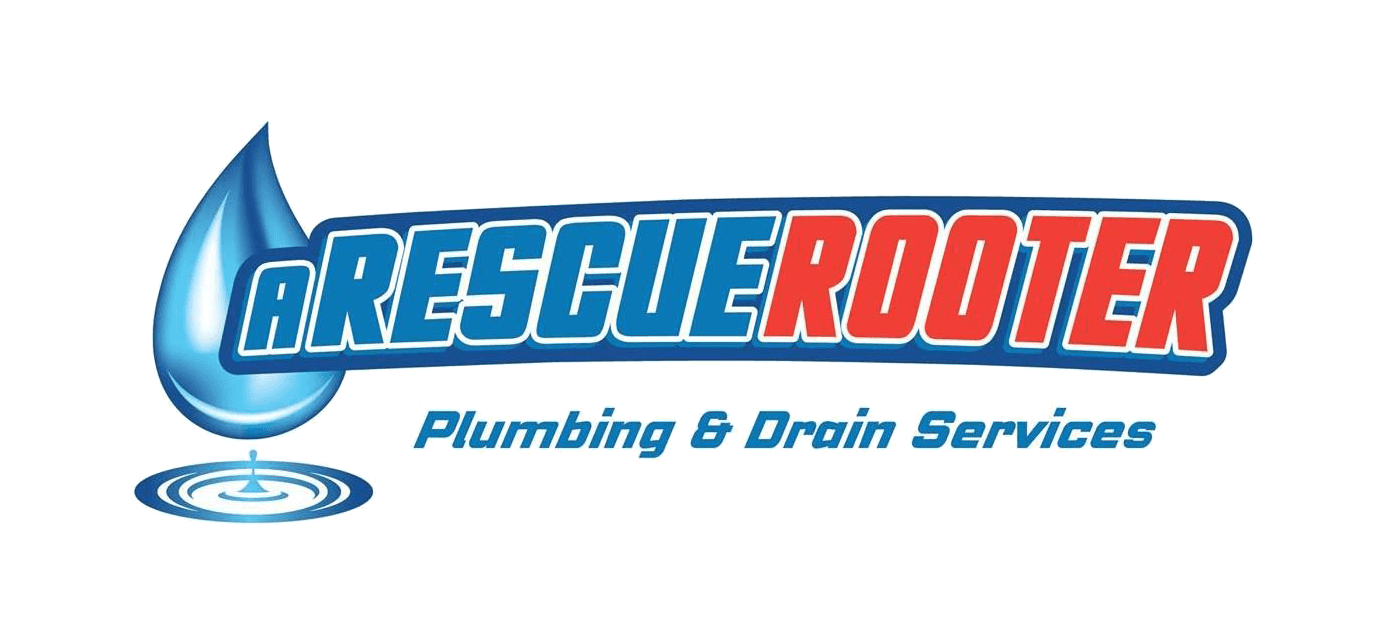Learn why it's important to have a plumbing inspection before signing the dotted line on your new home.
Take the time to have a plumbing inspection take place.
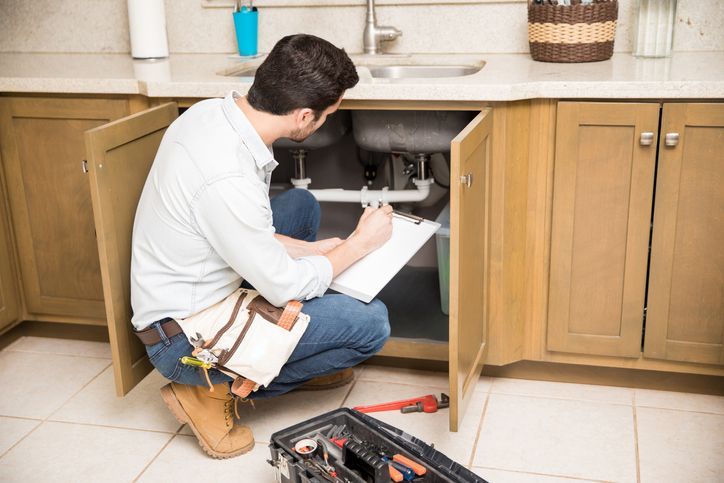
You have entered the housing market and bought a house! Congratulations! Before you sign on the dotted line, take the time to have a plumbing inspection take place. Of course, you can flush the toilets and turn the faucets on and off, but sadly those actions are not enough to make sure the plumbing will work properly in the future.
A home purchase is a great idea for your future but a residential plumbing inspection will put your mind at ease if you want to make sure all is working as it should.
The basic plumbing inspection will:
- Check for water leaks and if any are discovered them brought forward and investigated. If the house is older, chances are leaks are due to older pipes that have corroded and need repair or replacing. Leaks could prove that there is an issue with water valves. This is when the dishwasher and other appliances are checked to see if they are leaking.
- Will make sure the water heater is working properly. A plumbing inspection will take a close look at the water heater. Not will the inspection make sure hot water is running through the taps but the inspector will check that the elements in the water heater are up to par. Keep in mind that if a water is 15 years old or more, it’s close to replacement age.
- Inspect the sewage system and be sure the sewer lines are good. This is very important if a septic system is involved.
- Make sure the toilets are in good working condition by making sure they flush easily and the tanks also fill easily. A plumbing inspection will identify toilet issues by flushing and doing a check around the base of the toilets.
A residential plumbing inspection will make sure there are no major plumbing issues that could affect you in the future. If plumbing issues happen to exist, you can arrange a plumbing repair with A Rescue Rooter in Hamilton. However, make sure are plumbing repairs are part of the purchase negotiation. Your real estate professional will help you in this matter and will ensure you don’t buy a home that has a lot of residential plumbing repairs to be completed at your cost. Have the house you would like to purchase with a plumber who can take care of a residential plumbing inspection will save you time and money down the road of home ownership. For all your commercial, residential and industrial plumbing needs, you can trust A Rescue Rooter. Contact them at (905) 521-8284 or complete their online form. They are a family run business who are available to you 24 hours a day, 7 days a week. They are fully insured and have all your plumbing needs covered and they won’t charge a Premium Rate in an emergency. Thanks to their 40+ years of plumbing experience, they know plumbing problems vary widely.
A Rescue Rooter at (905) 521-8284 will gladly be the Hamilton plumbers to look after your residential plumbing inspection in Hamilton!
